Lake Bohinj is a glacier lake nestled in the Julian Alps, not far away from the much more popular and famous Lake Bled. It is a beautiful and peaceful lake, with crystal-clear water that reflects in different variations of green and blue. The lake is much less developed and populated in comparison with Lake Bled and also less visited by tourists. But still, in high season, it can be quite crowded.
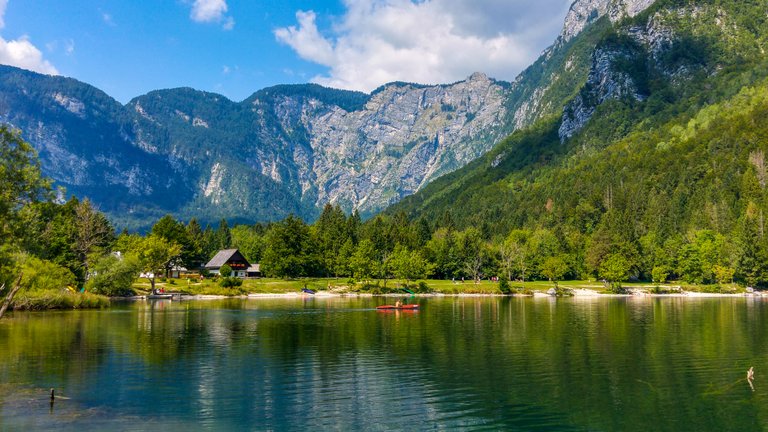
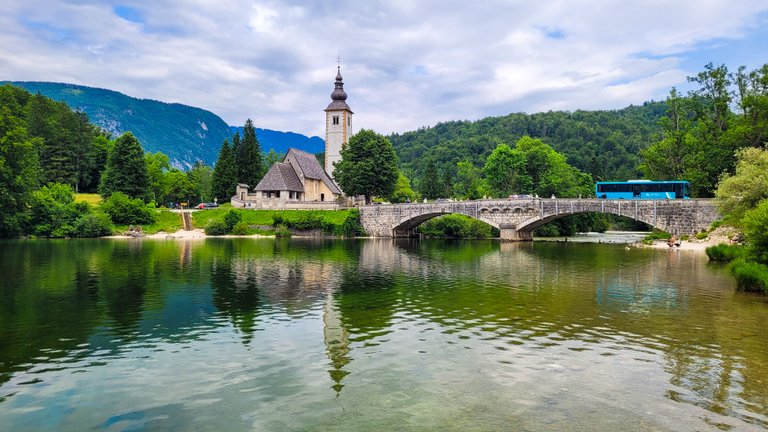
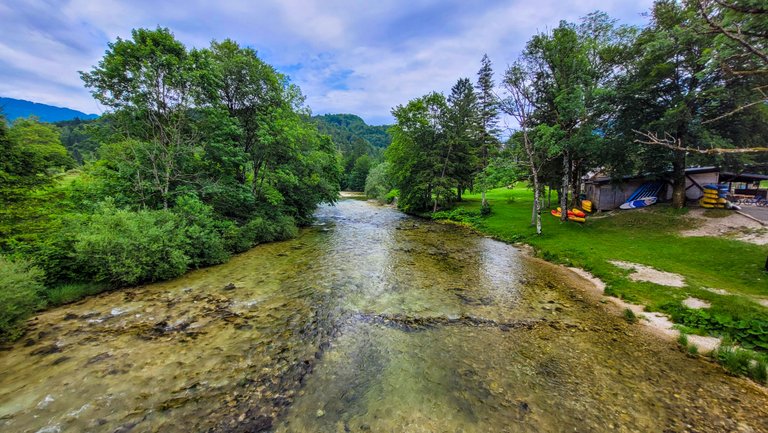

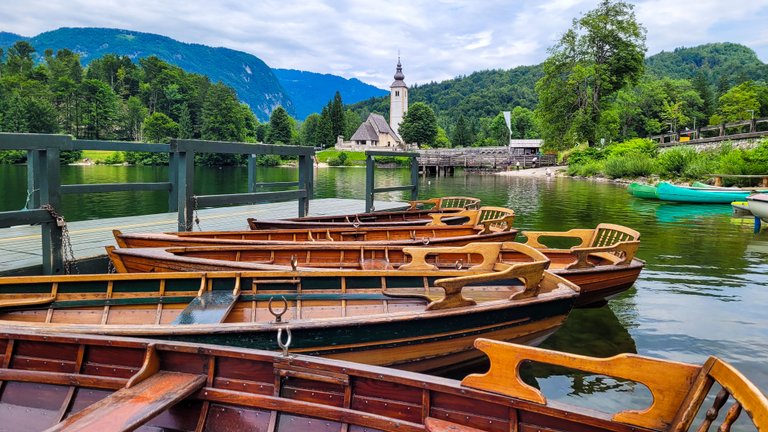
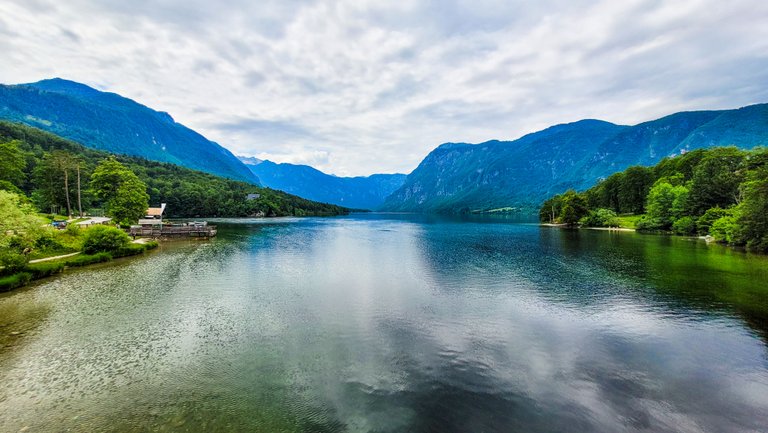
It is undoubtedly one of the most beautiful regions in Slovenia, with its countryside offering an immense number of opportunities for exploring and spending time surrounded by nature. The entire Alpine valley is 20 kilometers long and about 5 kilometers wide. As much as 60 percent of the Bohinj valley is in the Triglav National Park.
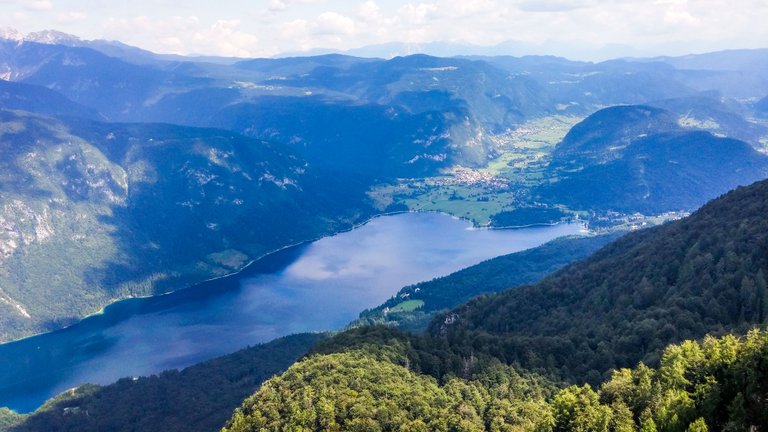
Lake Bohinj is the largest natural lake in Slovenia. The lake is mainly watered by the Savica River, with the main outflow being the Sava Bohinjka River. Lake Bohinj is about 4 km long and just a little over 1 km wide at its widest part. In summer, the water in the lake warms up to a maximum of 23 degrees, which makes for a refreshing dip in or on the water on hot summer days. The water is crystal clear, thanks to the small rivers that flow from the mountains into the lake.
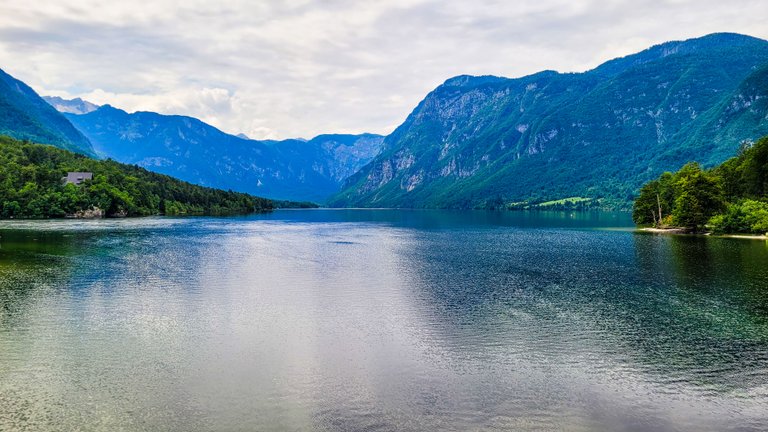
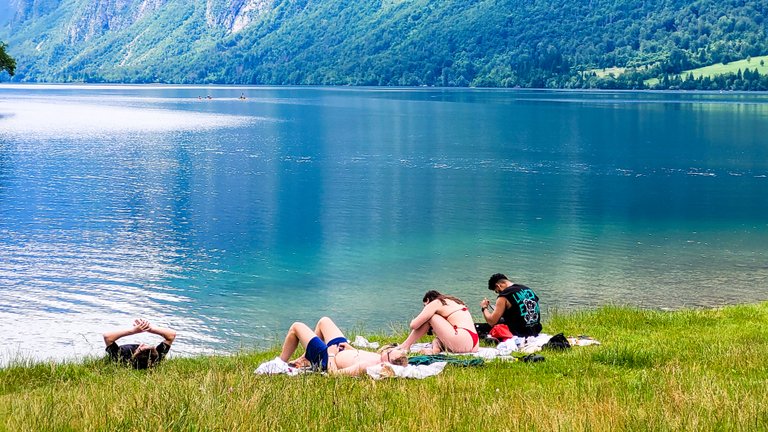
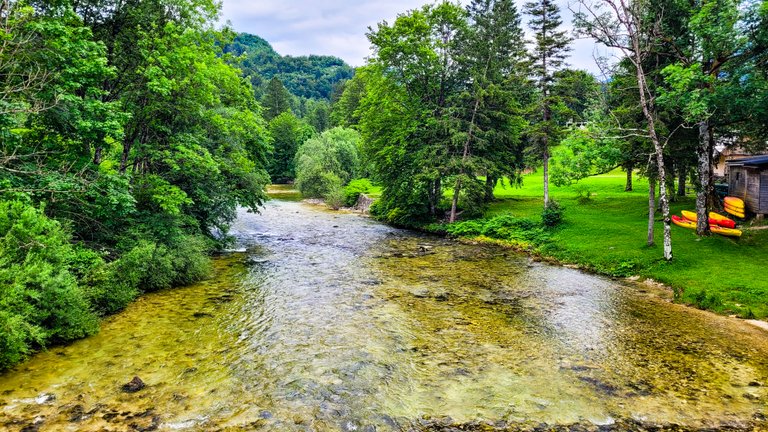
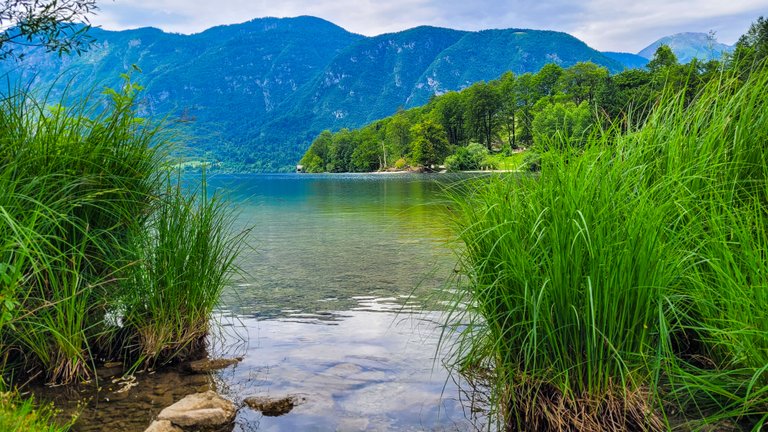
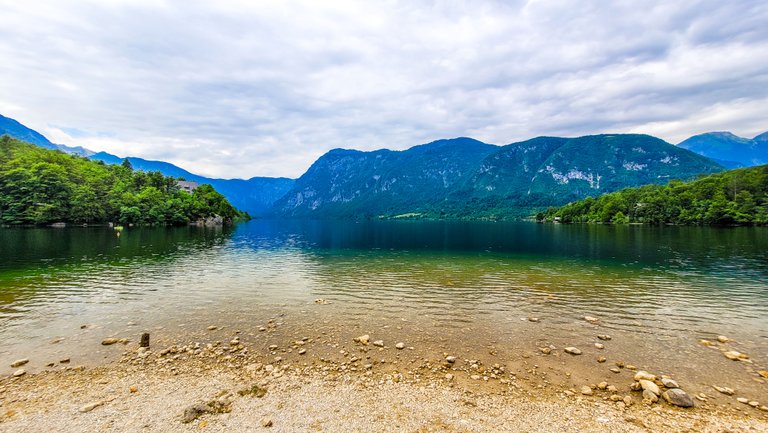
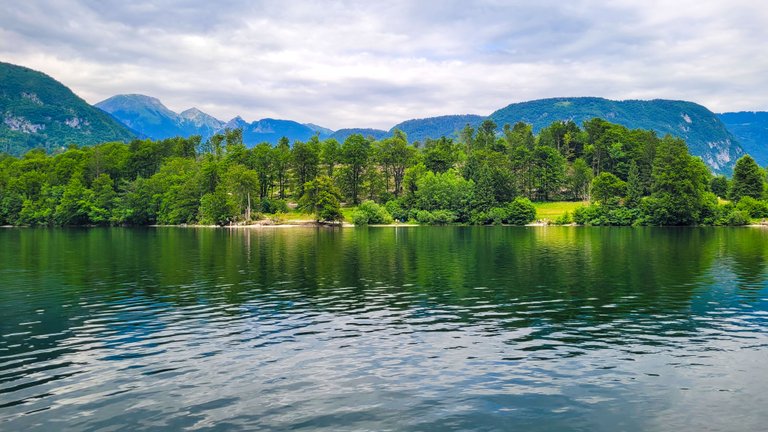

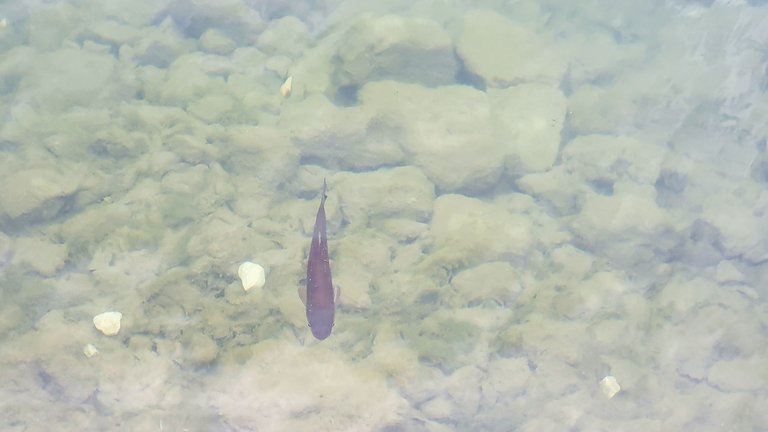
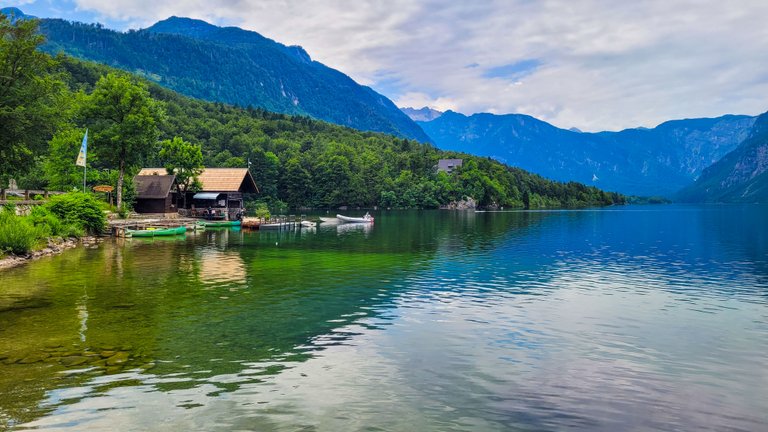
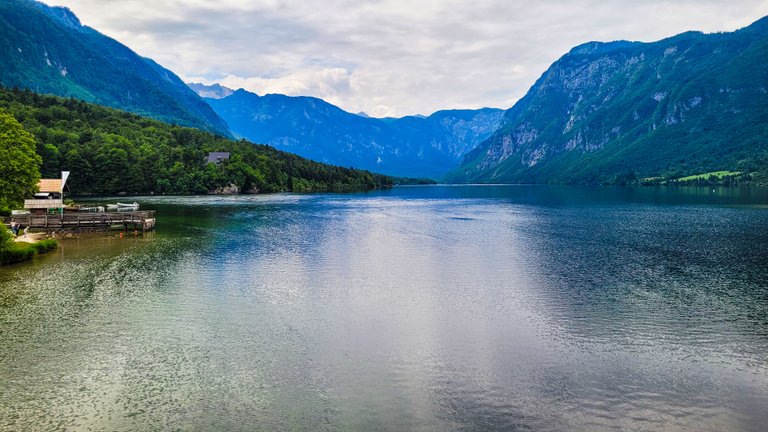
One of the most popular and iconic photographic motifs in Bohinj is undoubtedly the picturesque 13th-century church of St. John the Baptist, where we’ve made our first stop on the eastern part of the lake. It stands in the immediate vicinity of Lake Bohinj, right next to the stone bridge, and is one of Bohinj's most famous landmarks.
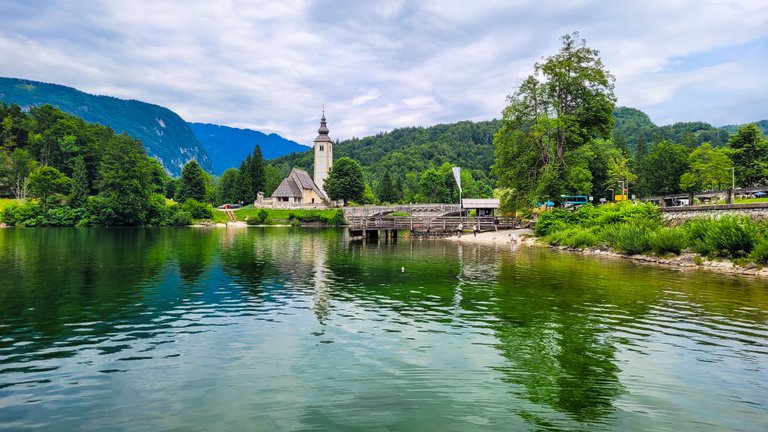
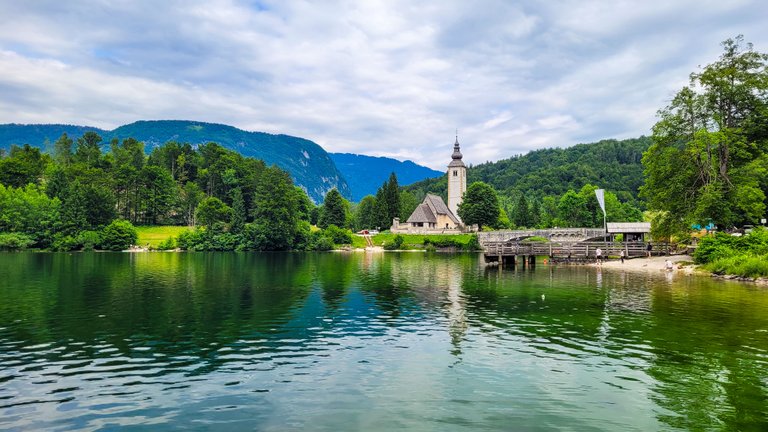

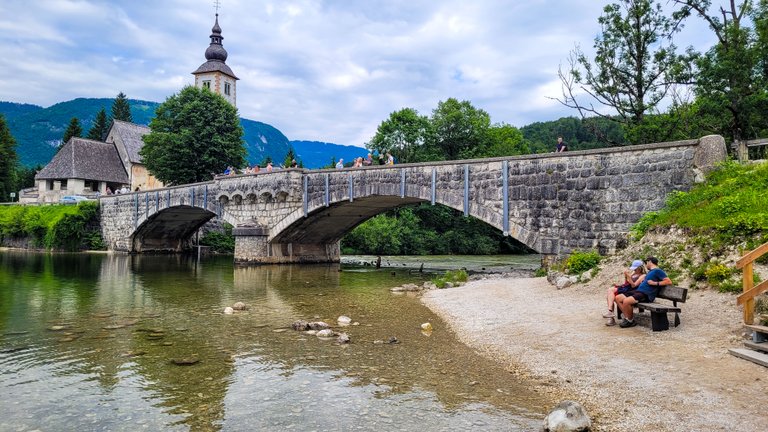
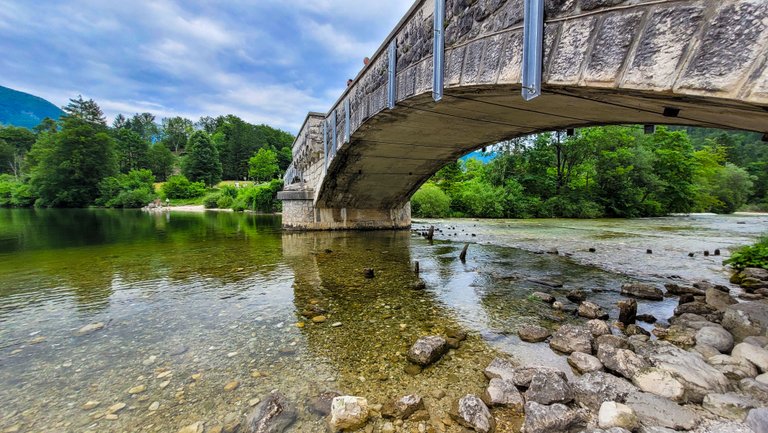
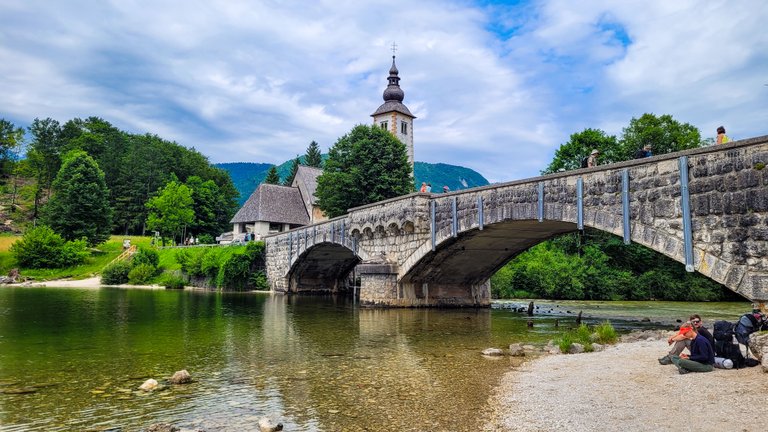
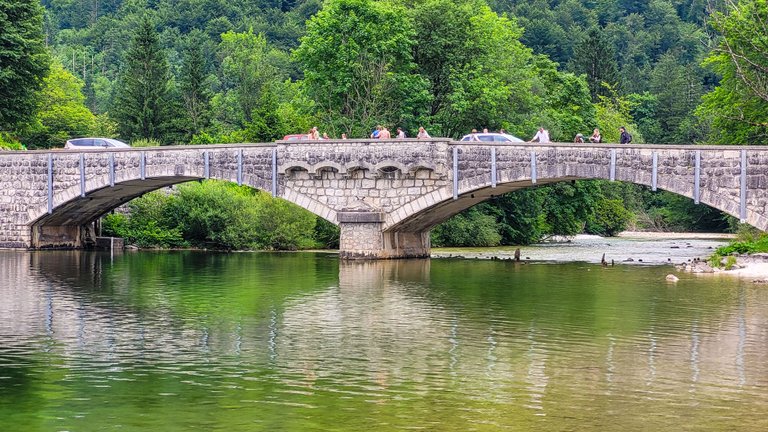
The 700-year-old church is one of the finest examples of Slovenian medieval architecture and mural painting. There is a small entrance fee to visit the church.
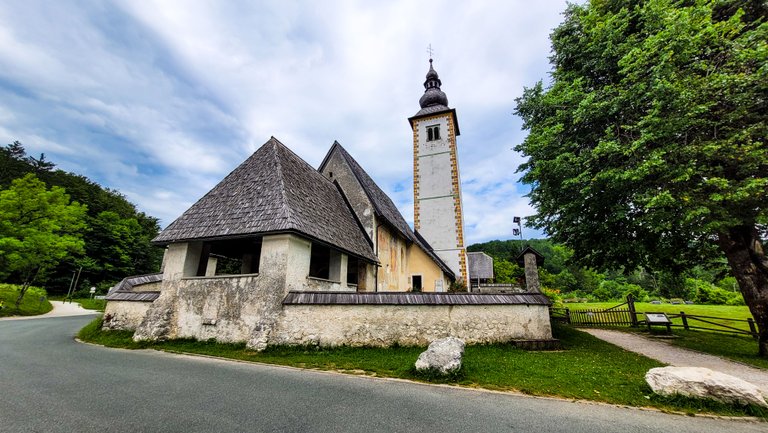

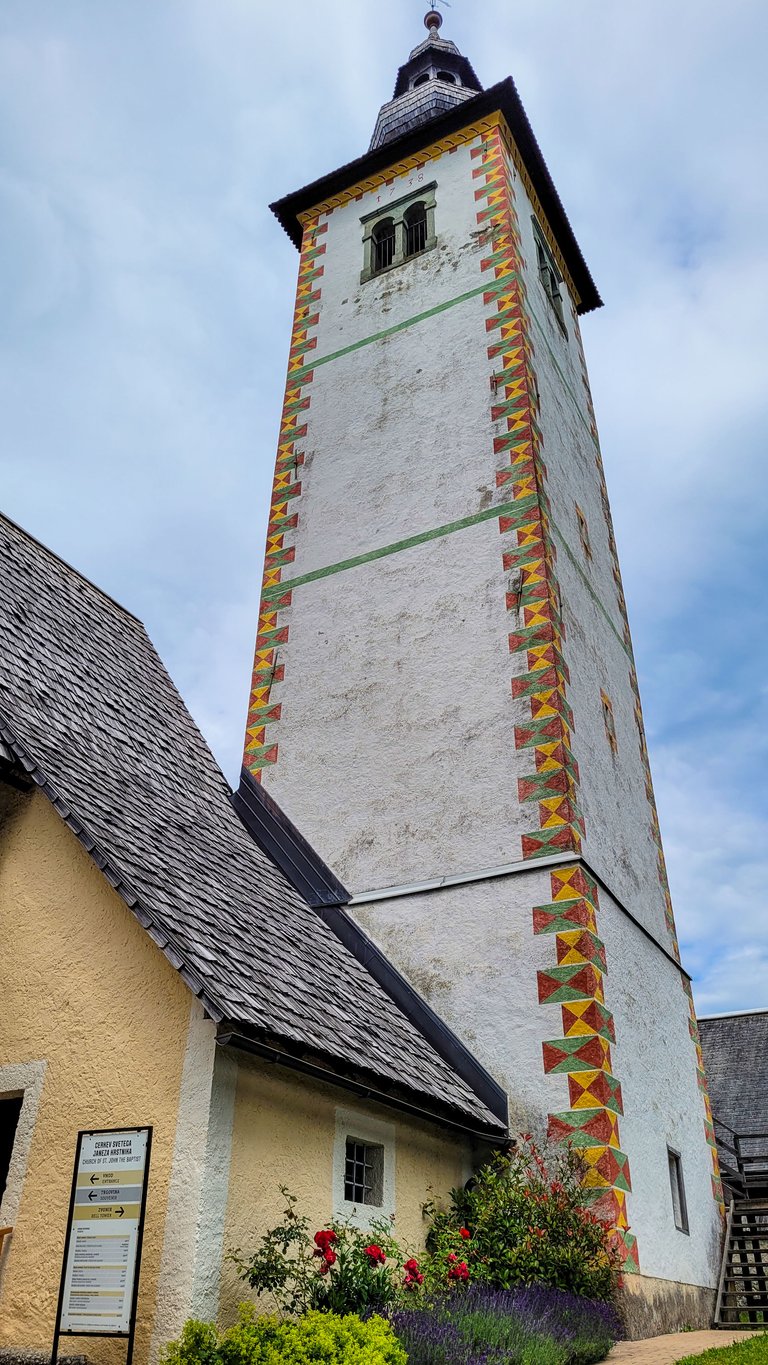 | 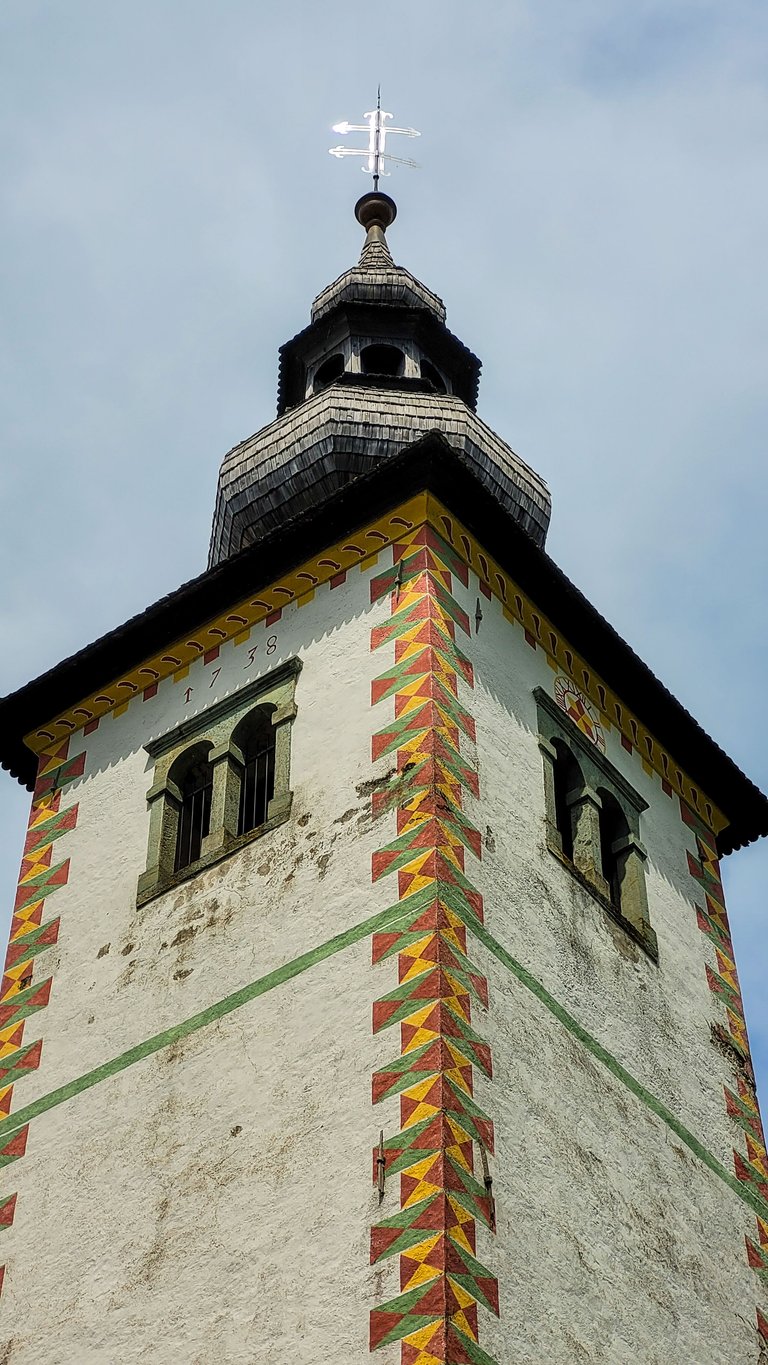 |
|---|
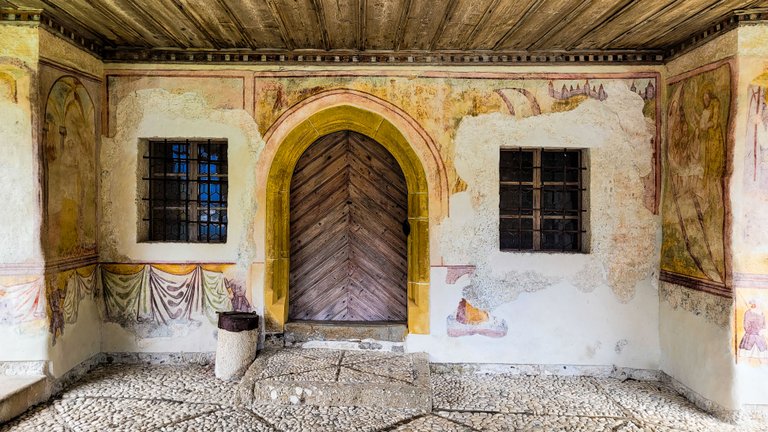
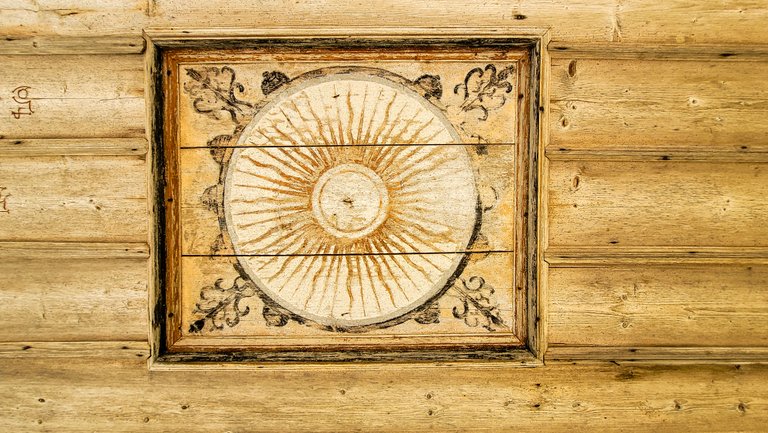 | 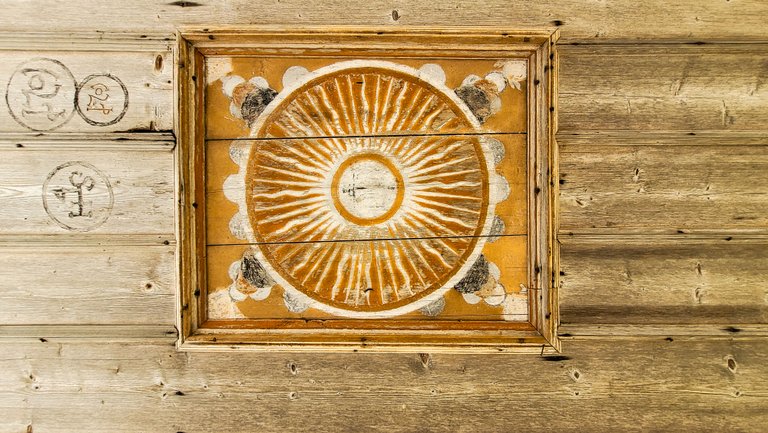 |
|---|
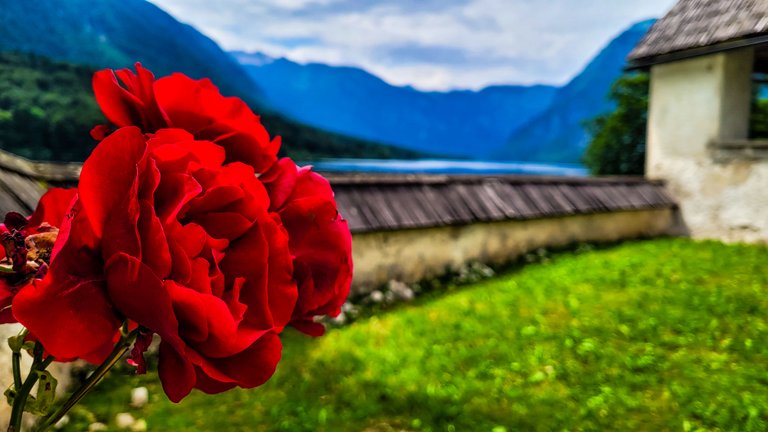
The roof of the church, which is covered with wooden planks called skodle, was particularly fascinating. These must be split, not cut, because in this way, they are more durable.
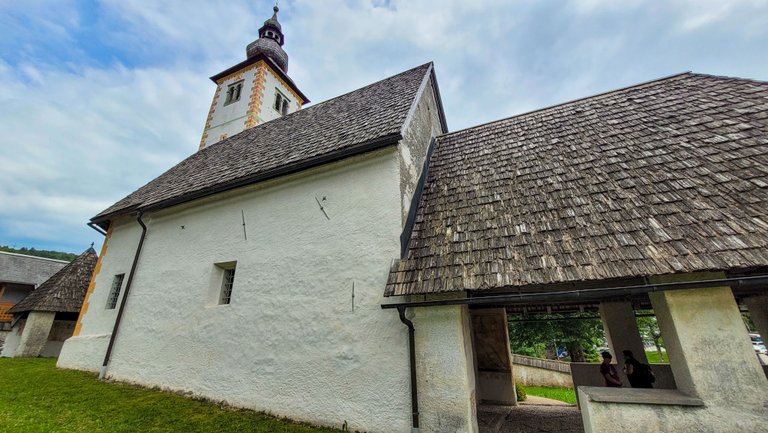
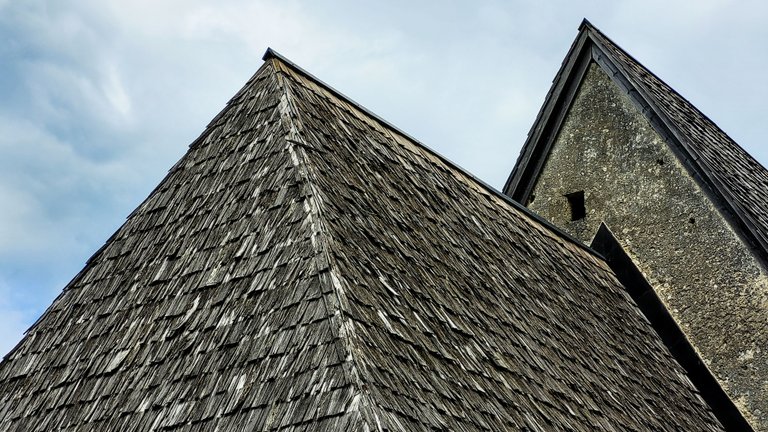
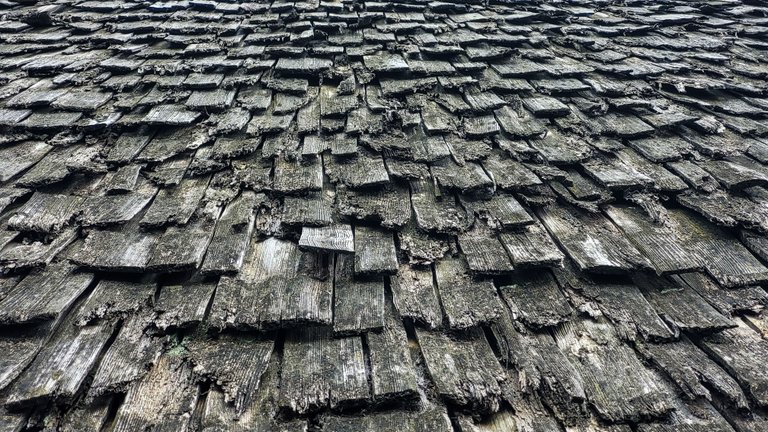
The lake itself is very serene, and many decide to rent a boat for a ride on the lake. The boats are also a great photo opportunity to immortalize the beauty of the lake and the church in the background.
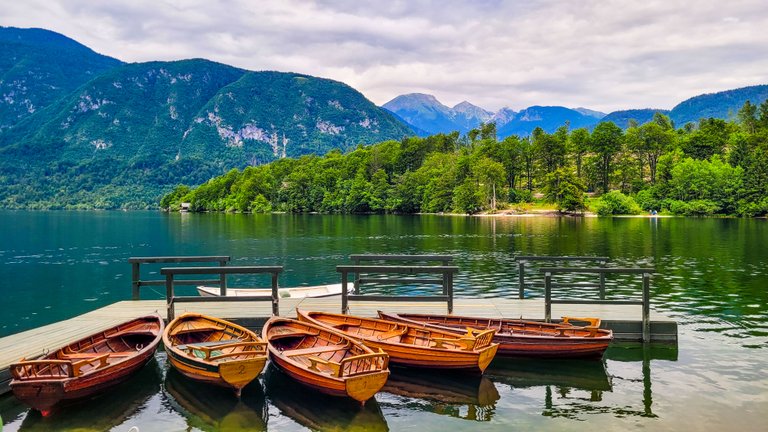
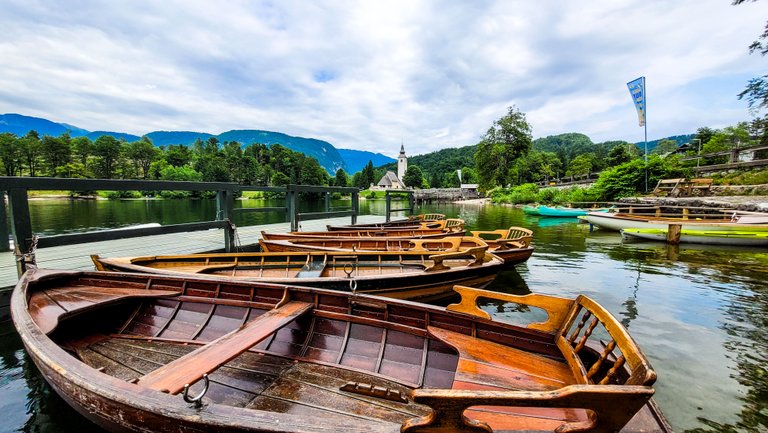
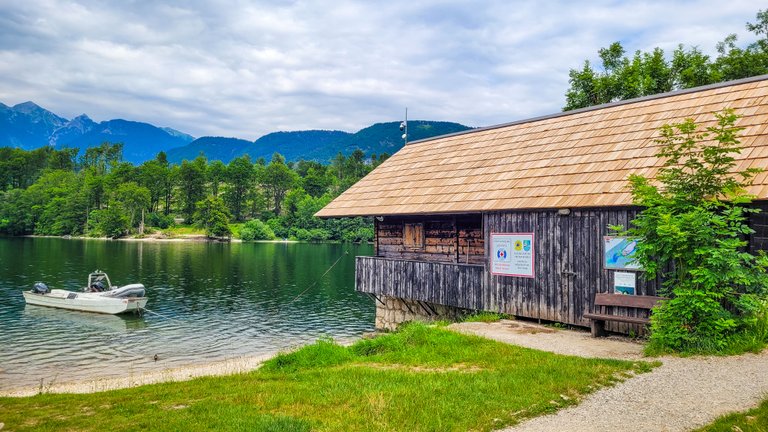
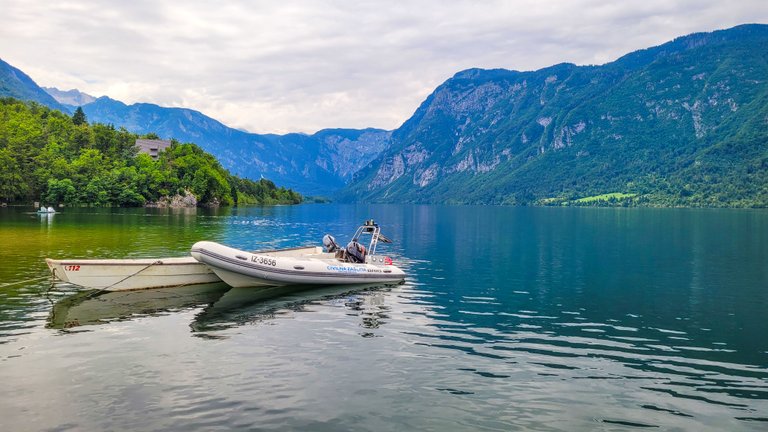
For many years now, there have also been two electronic boats operating on the lake and offering panoramic rides, connecting the western and eastern parts of the lake. You can decide on a one-way or return trip.
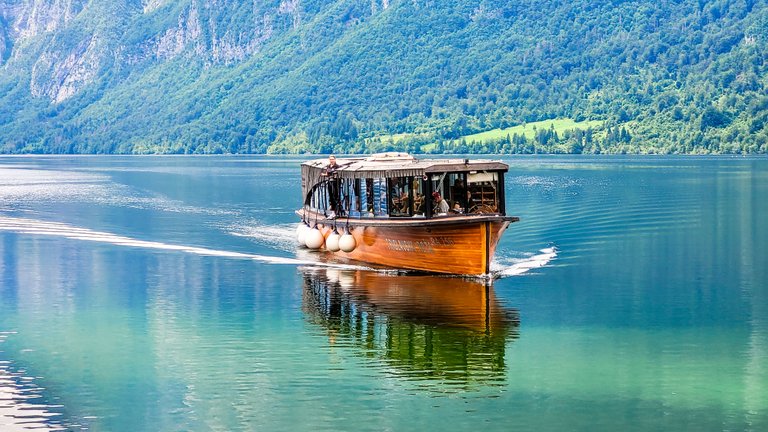
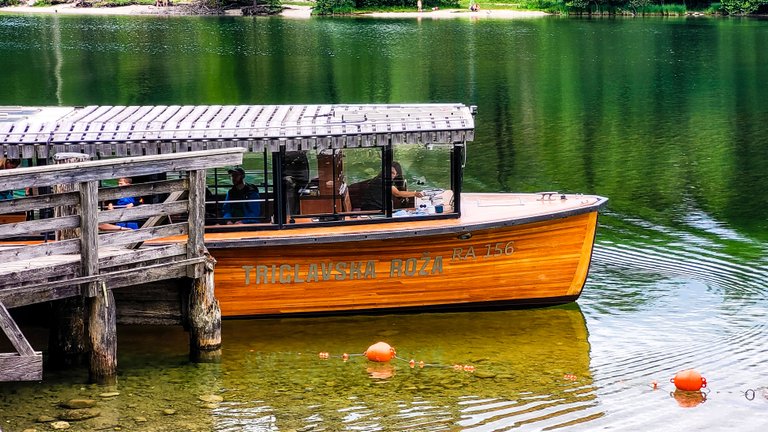
In the village of Ribcev Laz, you will find probably the most frequently photographed monument in Bohinj, the statue of the Golden Horn, which is situated on a big rock. The Golden Horn indicates the fairy-tale and mystery of the land, about which legend also circulates.
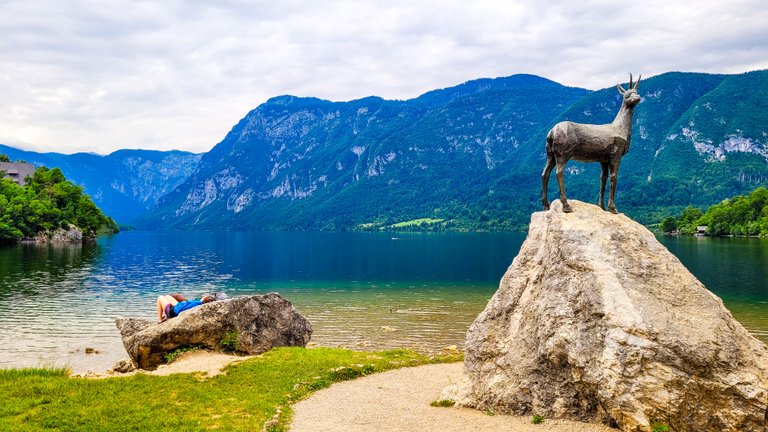
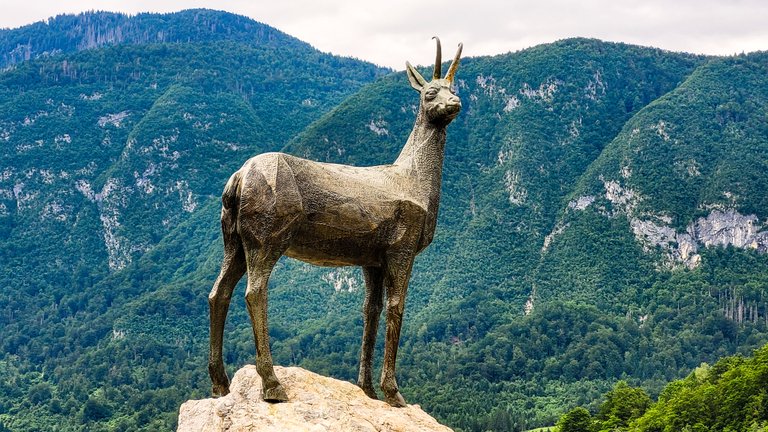
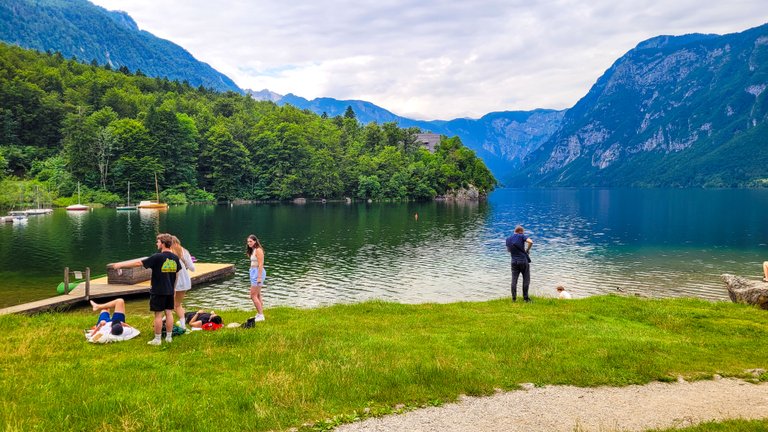
The legend tells of a valley and a plateau where once lived white women, kind-hearted creatures who helped people in need and protected children. Their home was guarded by the Golden Horn, a white goat with golden horns, who also guarded a hidden treasure. A young hunter, guarded by white wives, fell in love with a girl from the valley. But the girl left him for a rich merchant. Desperate, the young hunter went in search of the treasure to win back the girl's affection. He shot the Golden Horn, and miraculous flowers grew from its blood. When he ate one, he was miraculously cured. In anger, the Golden Eagle pushed the young hunter over a precipice, then destroyed the mountain paradise and disappeared with the white women. His treasure is still hidden under Triglav (the highest peak in Slovenia). We didn't manage to find it 😊
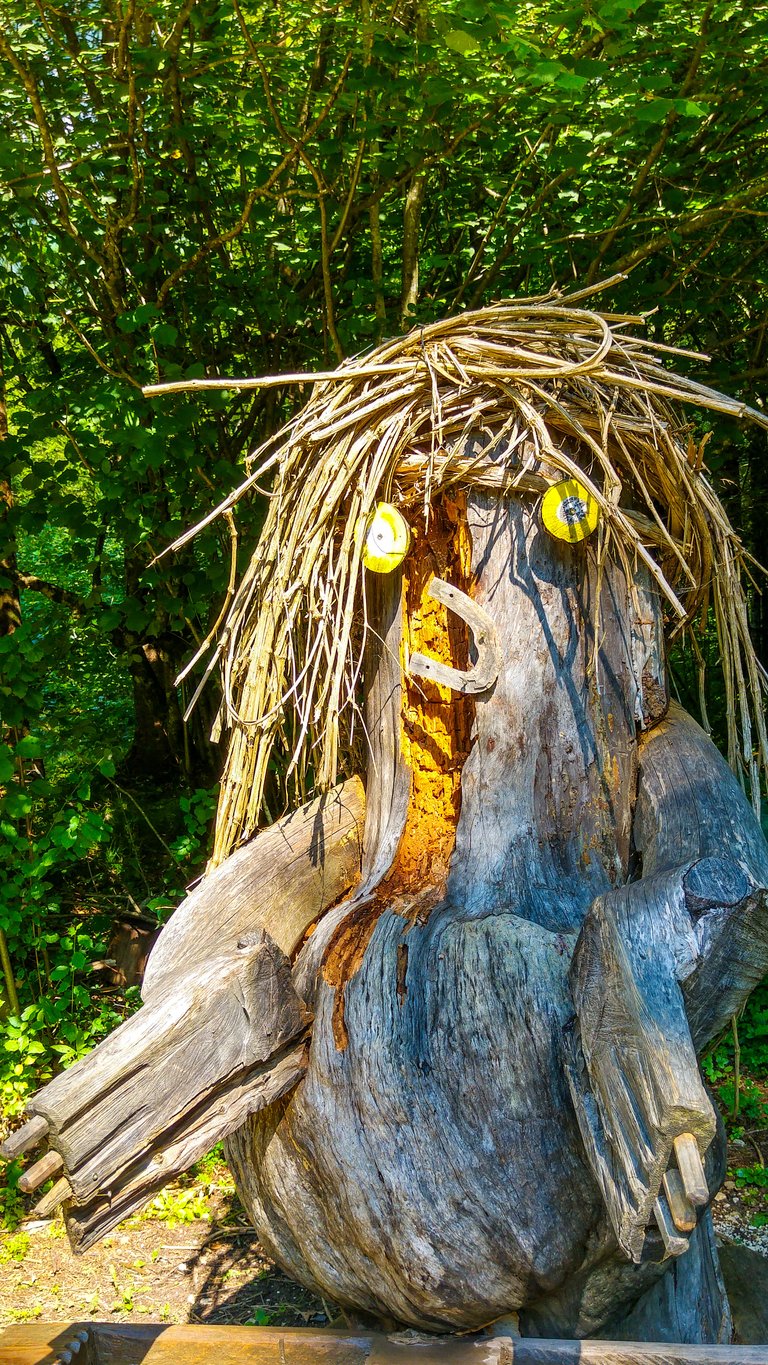
After this short stop, we continue our drive towards the western part of the lake, where there is the starting point of the cable car to Mt. Vogel viewpoint.The ride with the cable car offers spectacular views of not only the Bohinj Lake but also of the highest peaks of the Julian Alps. The cable car takes you to an altitude of 1535 meters above sea level, to so called Brown Rock. Mt. Vogel is a 1923-meter-high mountain in the south-eastern part of the Julian Alps, but from the view point reachable with the cable car, you can also admire Mt. Triglav.
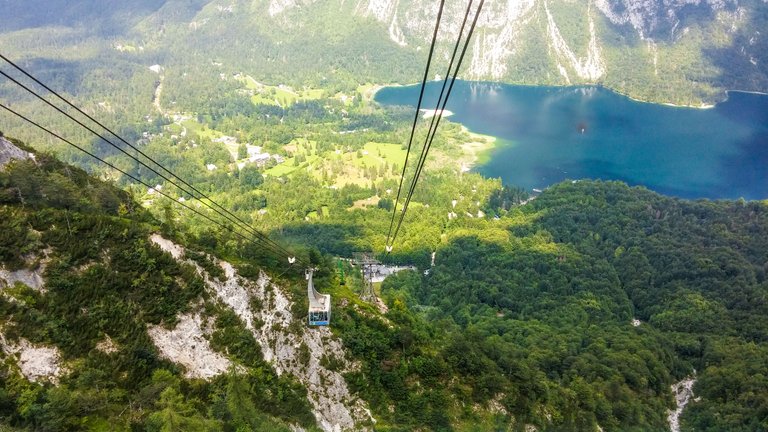
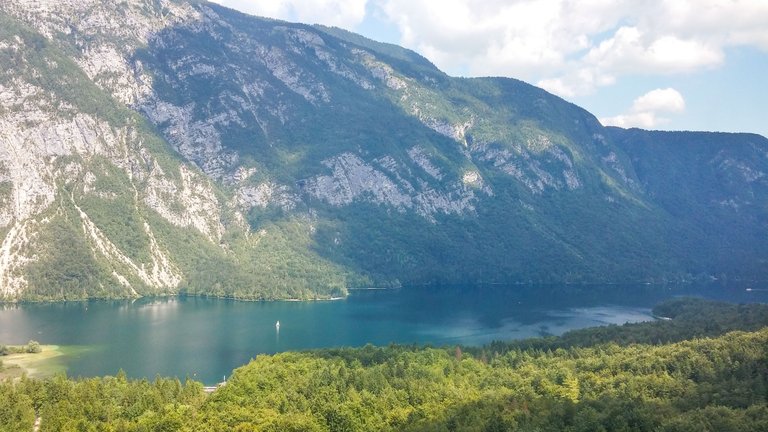
When you step outside the cable car, you are fully immersed in the high mountain landscape. You can continue your ride by taking a second (shorter) panoramic ride on the Orlove Glave point with a quad chair lift. Or you can simply enjoy a hike on the plateau and try any of the traditional foods at one of the alpine huts. In the summer months, this area is popular for hiking and mountain biking, but in the winter months, the area is covered with ski slopes.
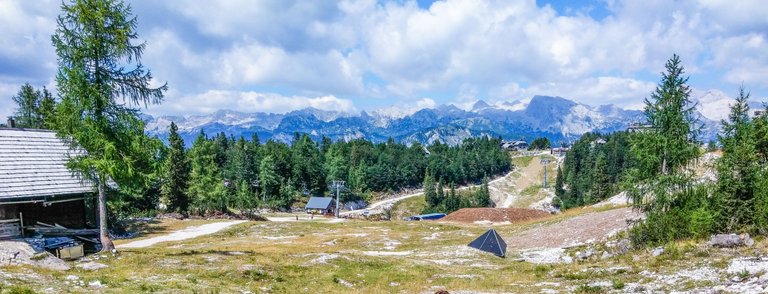
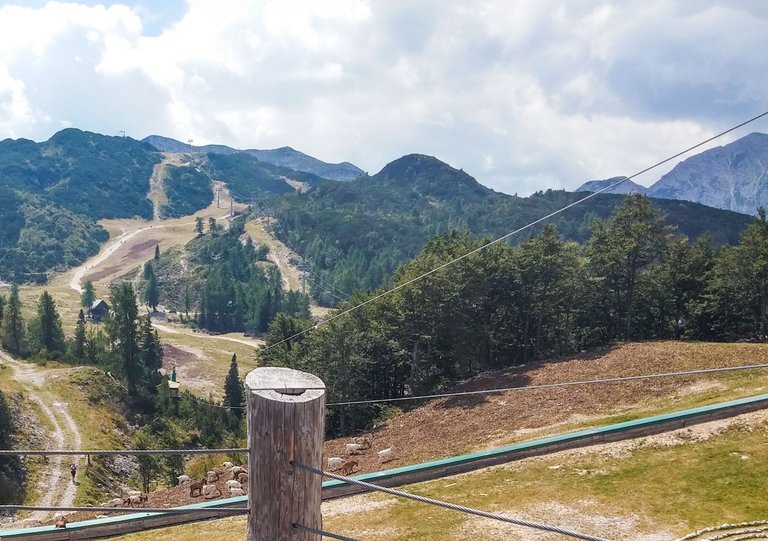
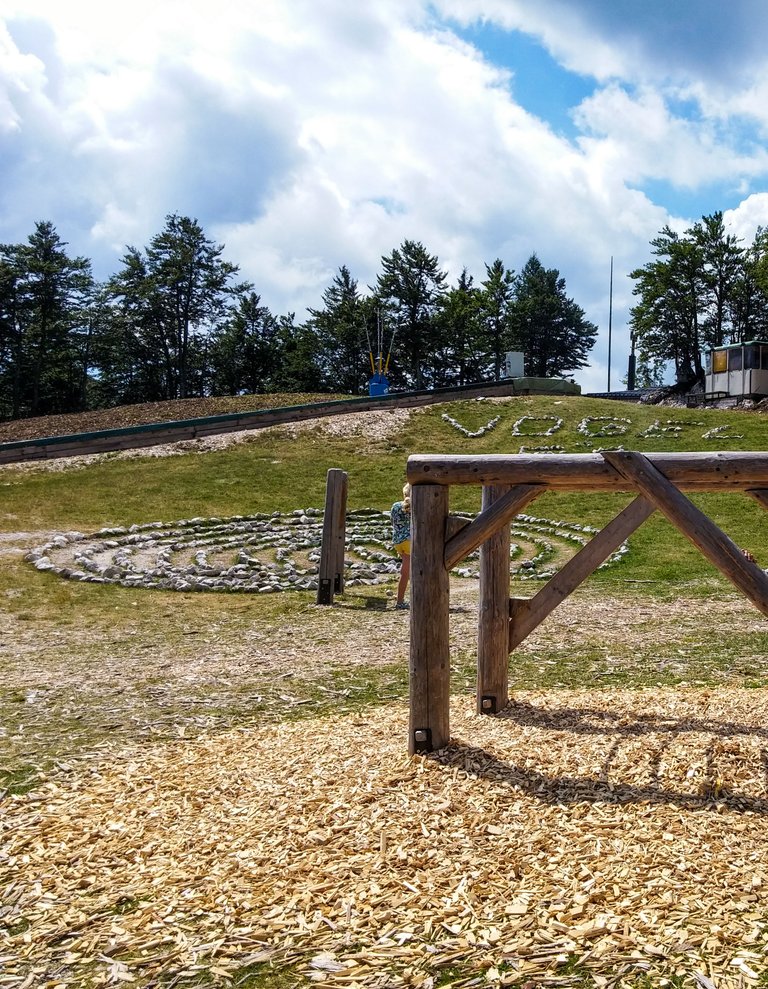
We did a short walk on the plateau and had a drink in the alpine hut, and then we returned back to the lake shore. The lake has several popular beaches, and the forest surrounding the lake provides plenty of shade for visitors. The sun was quite strong and the air was very warm, and we couldn’t resist the inviting, clear water, so we did a short swim. It was quite refreshing, but the water was really enchanting.
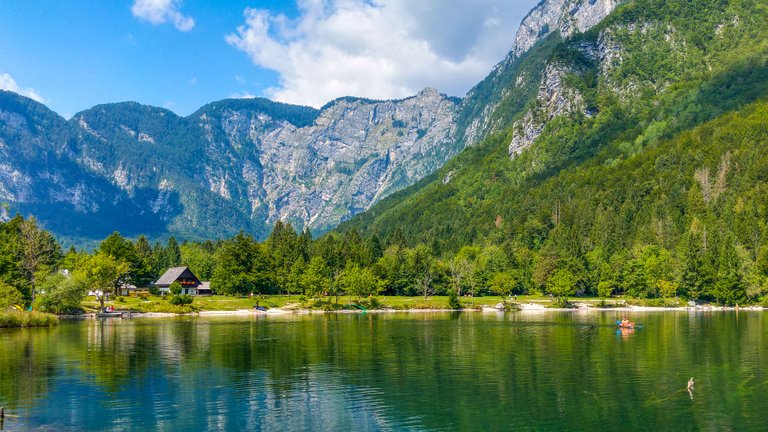
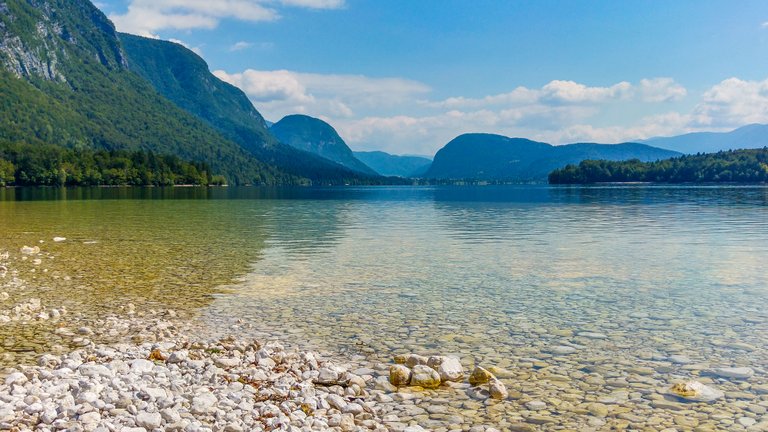
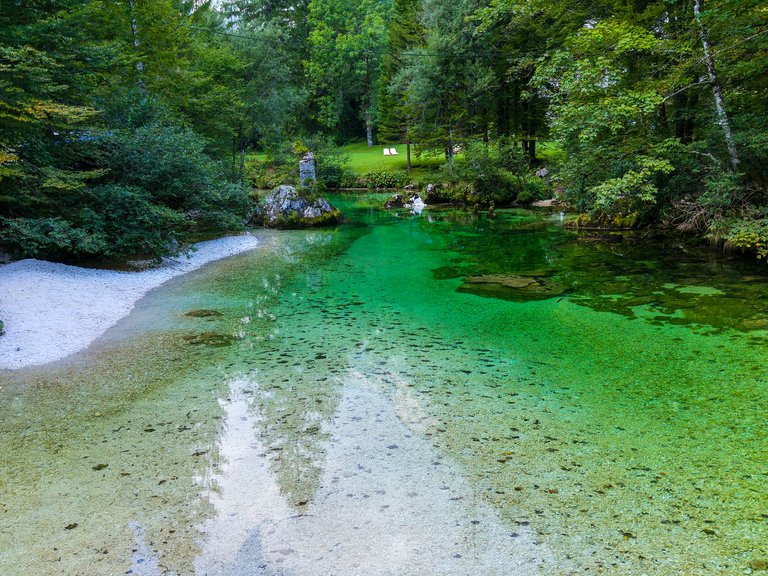
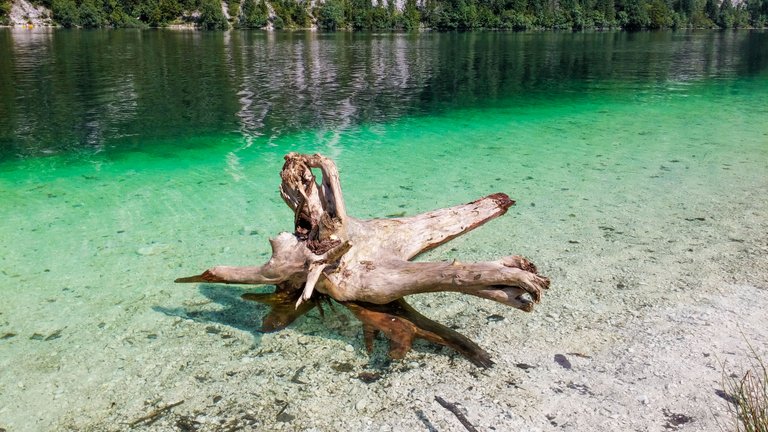 |  |
|---|

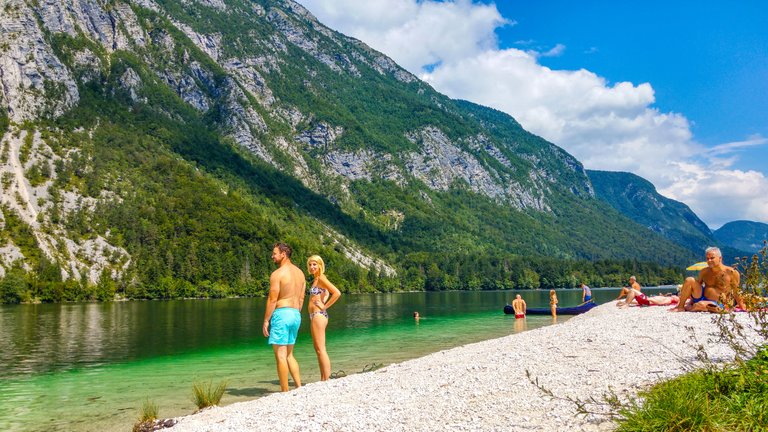

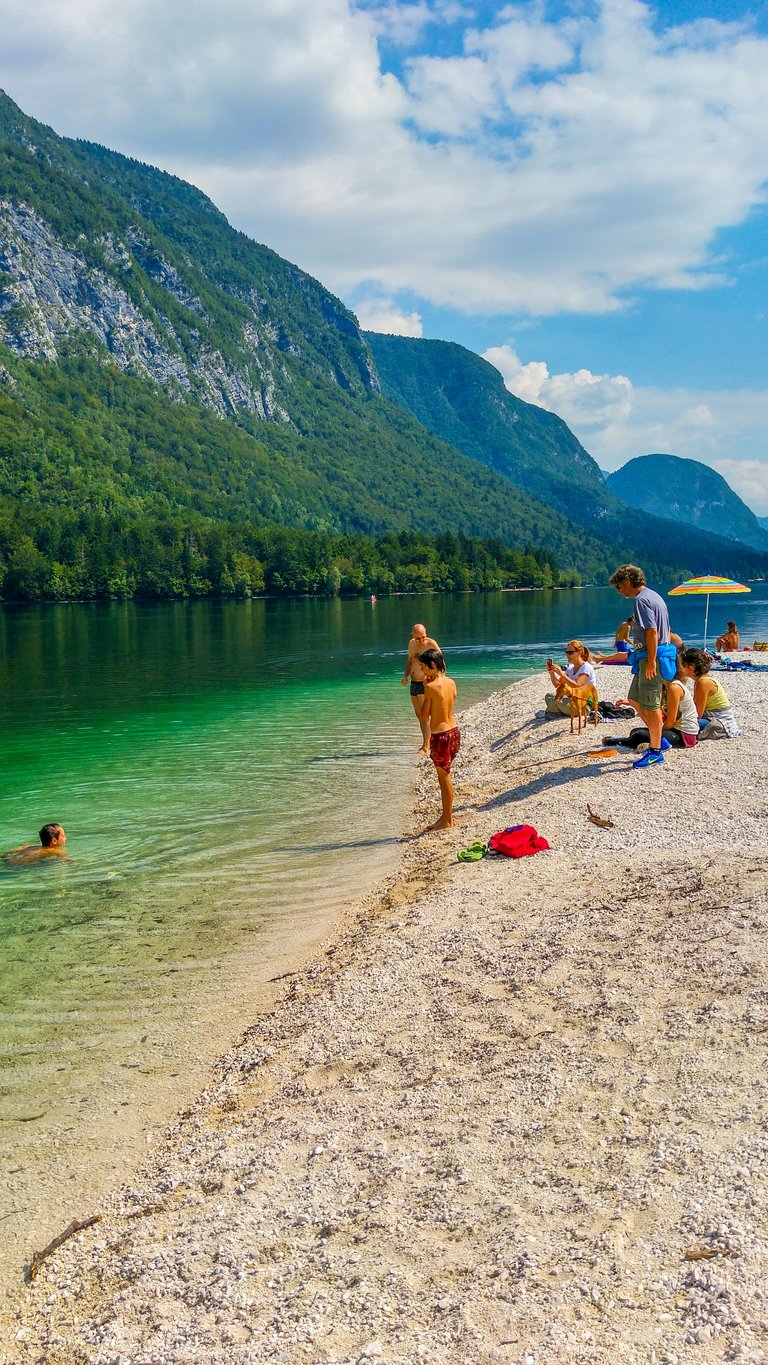
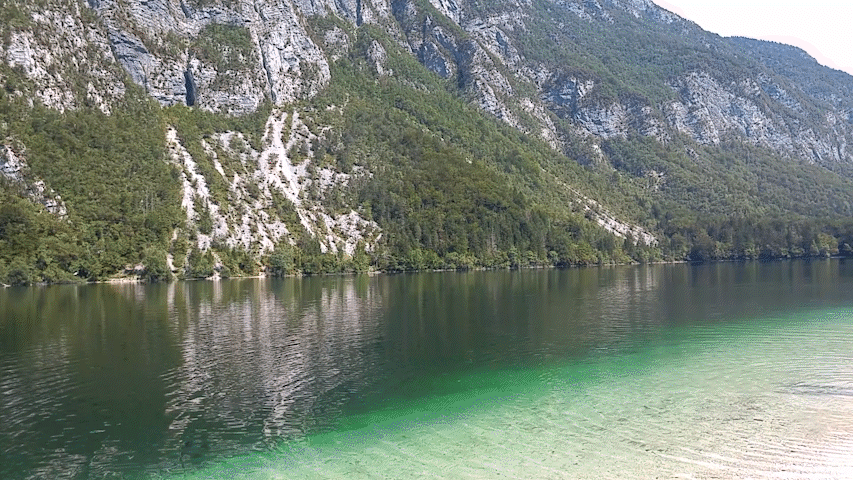
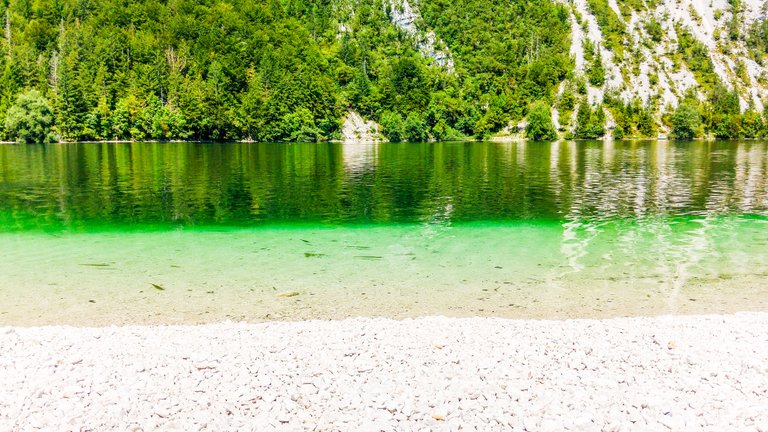
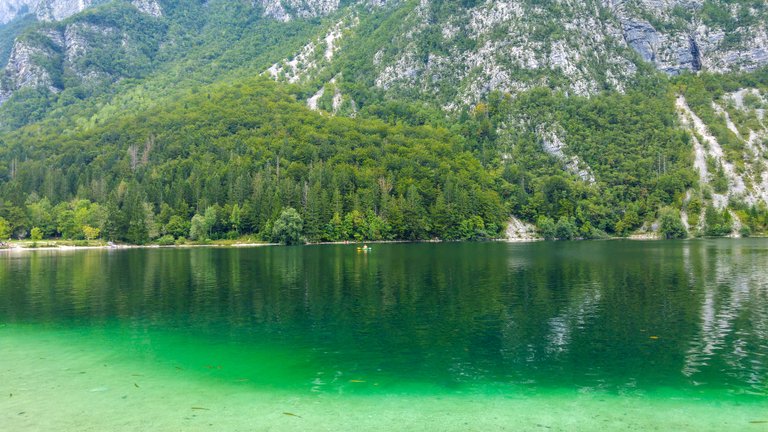
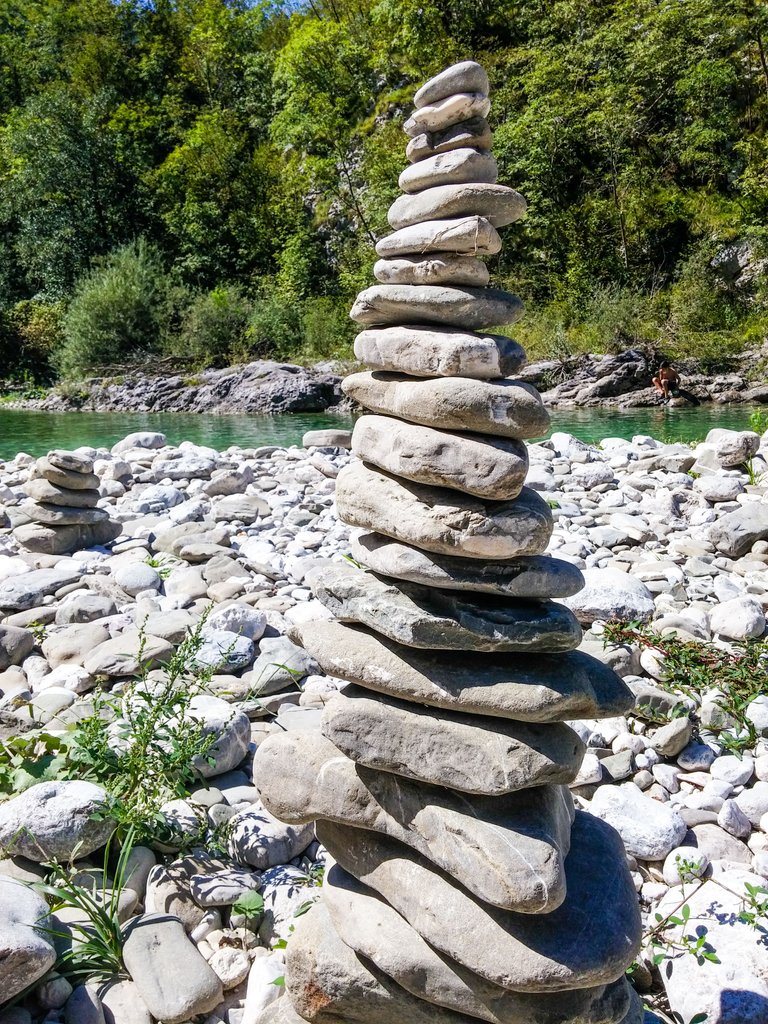
It was a full day of enjoyable activities, but it was slowly time to travel back home. We had just time for a very nice meal at one of the Michelin plate restaurants. A great menu in a great ambiance in their garden, surrounded by nature.
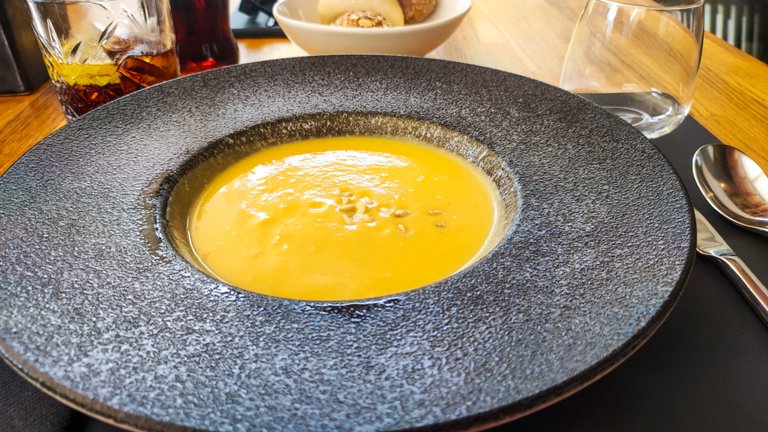
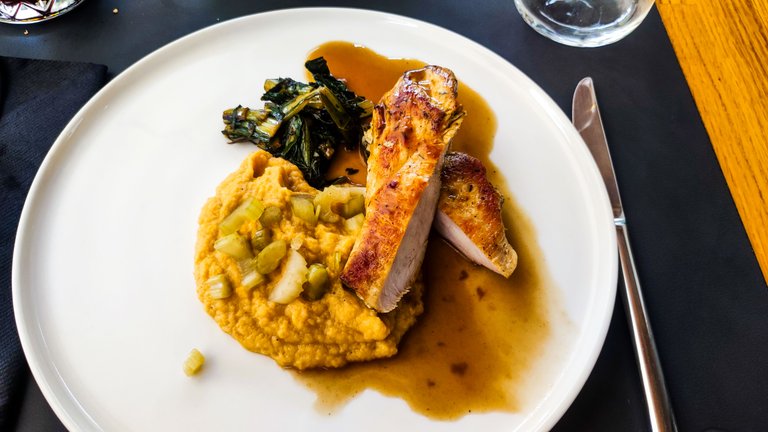
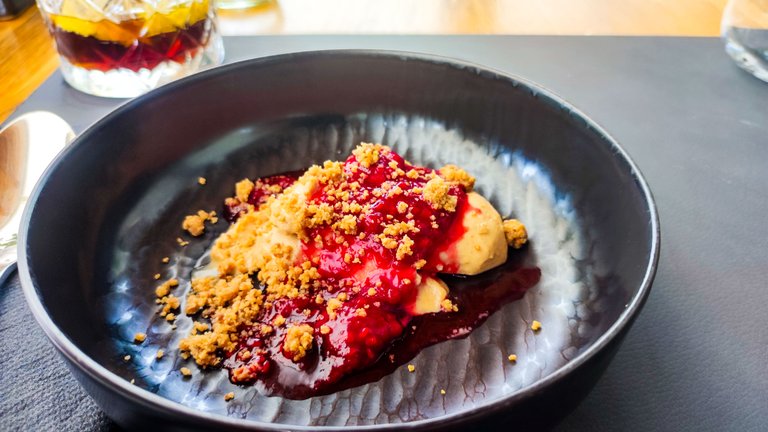
This short trip to the Lake Bohinj area was very agreeable, and we are sure we will return quite soon. It is a great escape on hot summer days since the temperatures in the area are a bit lower than in other parts of Slovenia.
Thanks for reading,
feel free to leave a comment, I will be glad to reply to.
Best regards, @miljo76


